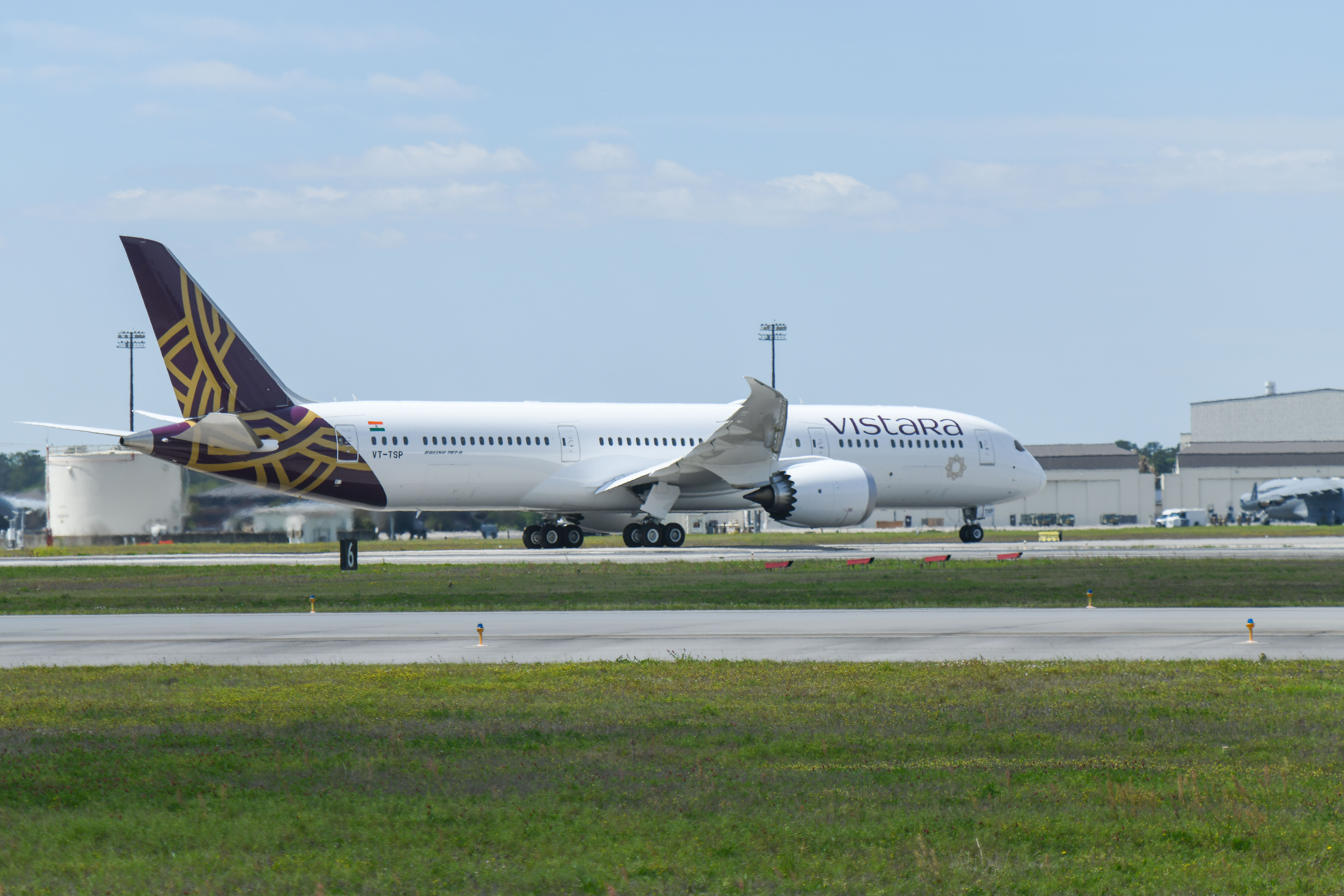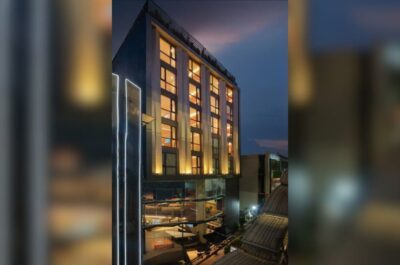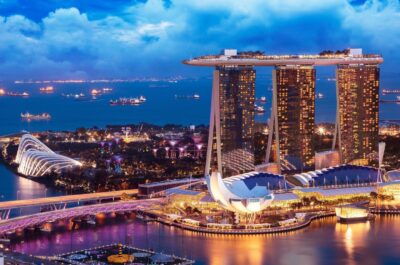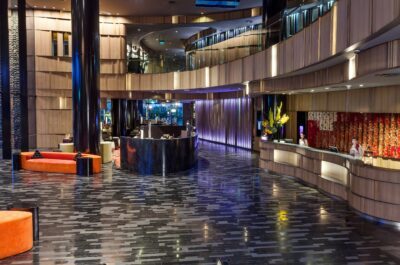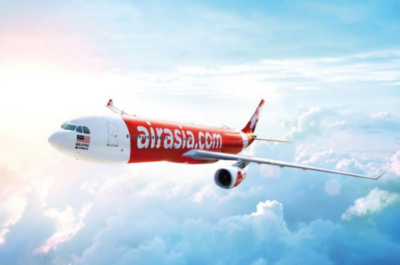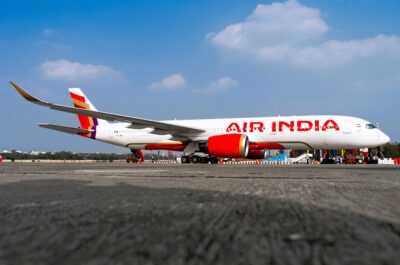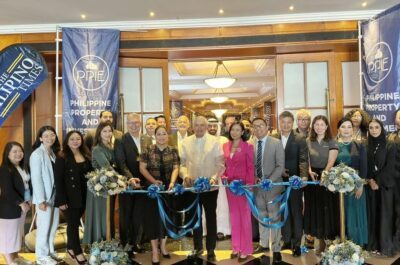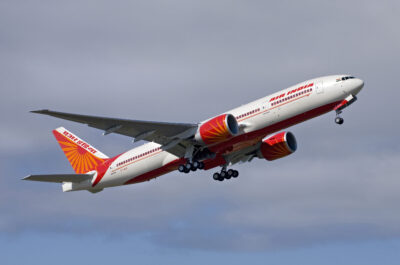Tourist arrivals to Malaysia have shown a significant increase after the tsunami last December, from 1.2 million in January to 1.5 million last month…
Tourist arrivals to Malaysia have shown a significant increase after the tsunami last December, from 1.2 million in January to 1.5 million last month.
Deputy Tourism Minister Ahmad Zahid Hamidi said that during the first two weeks of January, in the immediate aftermath of the tsunami, there had been a slight downturn in tourism arrivals in Malaysia.
But after that period, tourism traffic had risen significantly to 1.5 million in the month thereafter, up from 1.2 million in January, he told at the Malaysian pavilion at ITB.
Ahmad Zahid, who is leading Malaysia`s delegation to the world`s largest tourism exhibition, said efforts were being made to lure more tourists to the region through close cooperation with other Asean members.
At the Asean Tourism Forum in the northwestern island of Langkawi last January, the Asean countries had resolved to work closely with each other and formulate strategies that would help prop up the tourism industry of the region as a whole.
Ahmad Zahid said: We agreed to work in tandem with each other…Bali, Phuket and Langkawi, for example, are being projected as a triangle market …each of the three islands has a different character. Likewise, Malaysia has ajoint cooperation with Singapore and Thailand called Simathai.
Singapore, Thailand and Indonesia, in the direct neighbourhood, would continue to be the major markets for Malaysia.
We are now talking of qualitative approach. We are also focusing on Europe,the Middle East, Russia and the CIS markets, he said.
Touching on tourists from Germany, he said it had been picking up since last year after declining in the past few years following the Bali bombing incident and the outbreak of SARS.
In 2004, we were able to not only check the downward trend but also made anupward surge to 54,500, he said.
The record number of tourist arrivals from Germany was 177,000 in 2001 but in the subsequent years the number nosedived.
Ahmad Zahid said Malaysia was a relatively cheap destination as far as hotel accommodation was concerned and with the current strength of the Euro and the pound sterling, nationals from these countries (Europe) find that they get extra mileage in Malaysia.
He said the Malaysian government was very committed to improving and modernising the infrastructure essential for tourism.
Malaysia currently has some 165,000 hotel rooms. Under the Ninth Malaysia Plan, Malaysia`s private sector is being urged to increase capacity to over 200,000 hotel rooms.
Ahmad Zahid said tourism yielded a revenue of RM31.2 billion or some 15% of the GDP in 2004. (US$1=RM3.80)
Malaysia is also making a strong pitch at the ITB show, portraying itself as a safe destination with many attractions to offer and remaining unaffected by the tsunami that had devastated other countries in the region.
Malaysia was represented by a wide cross-section of the travel and tourism industry, including tour operators, travel agencies, hotels, state tourism boards and Malaysia airline at the show.
Theodore is the Co-Founder and Managing Editor of TravelDailyNews Media Network; his responsibilities include business development and planning for TravelDailyNews long-term opportunities.



